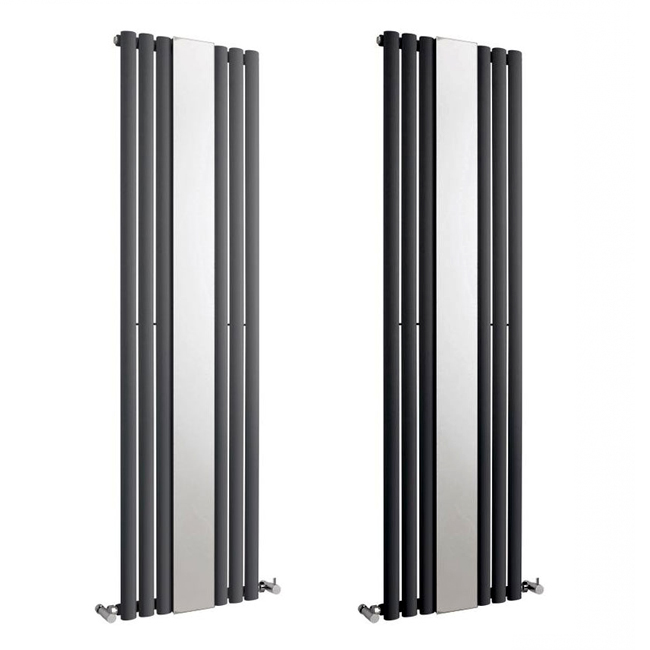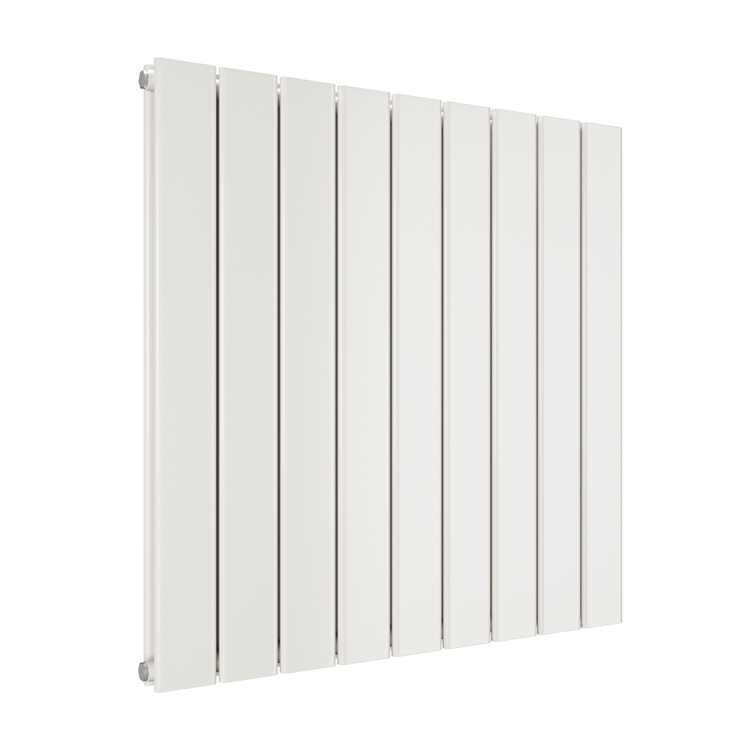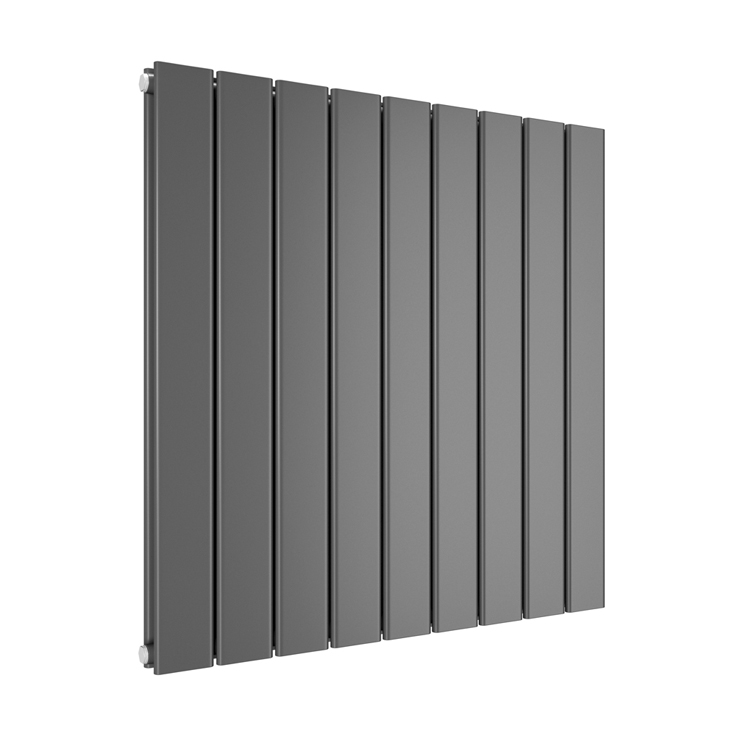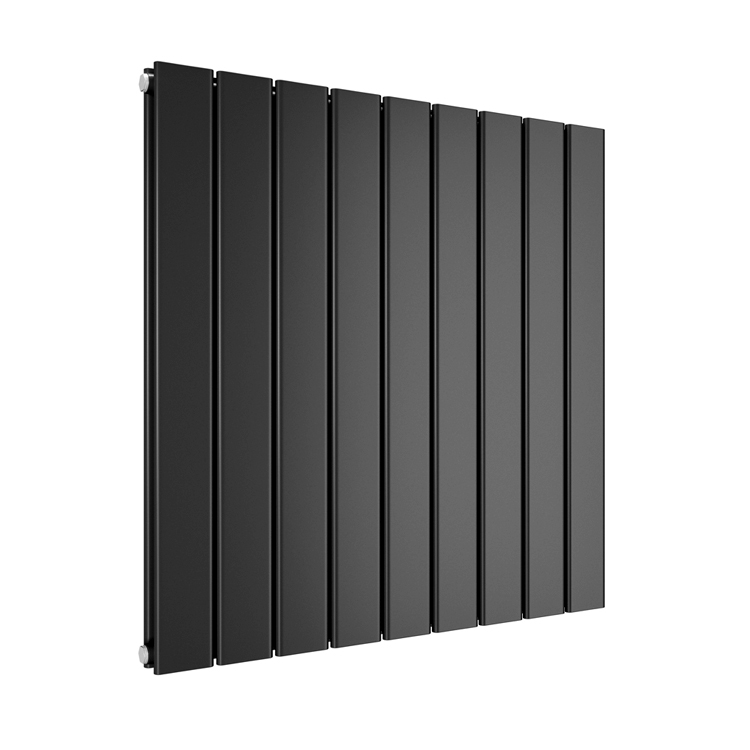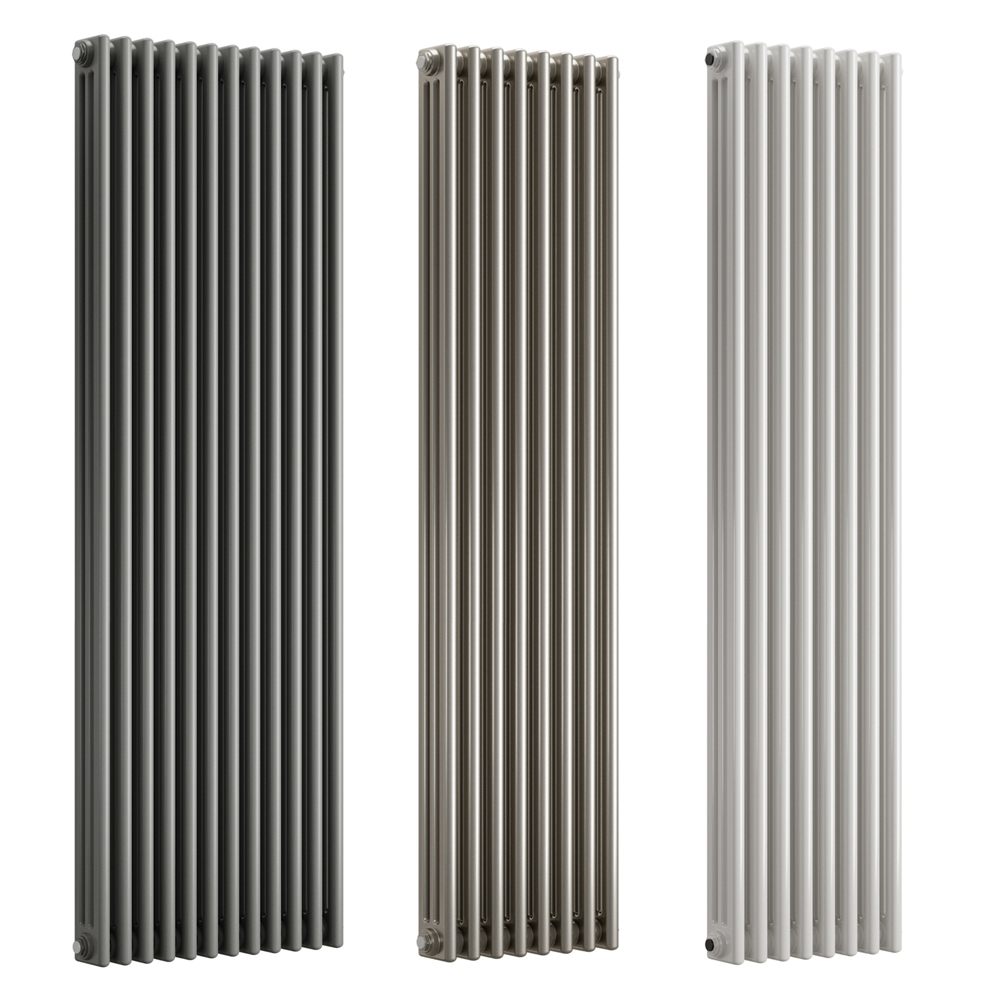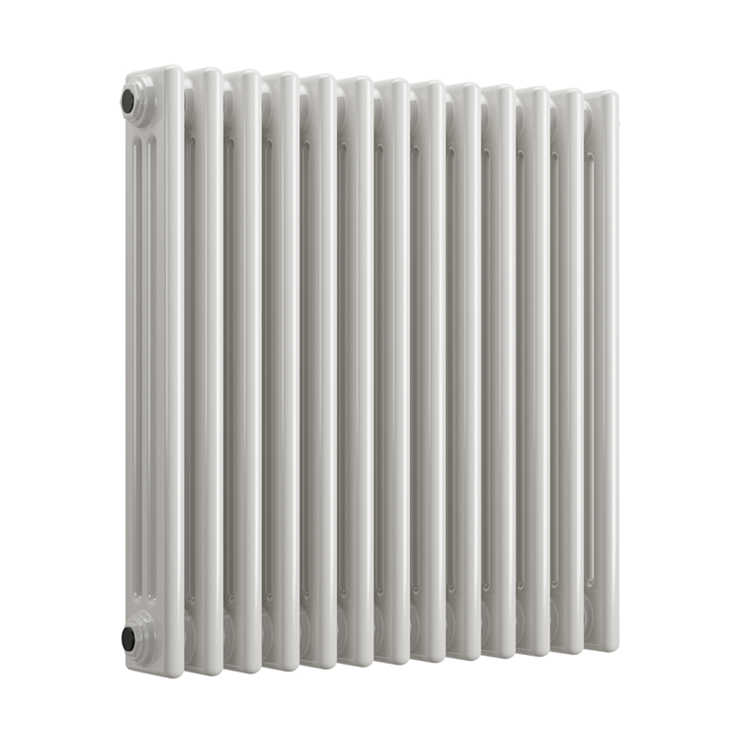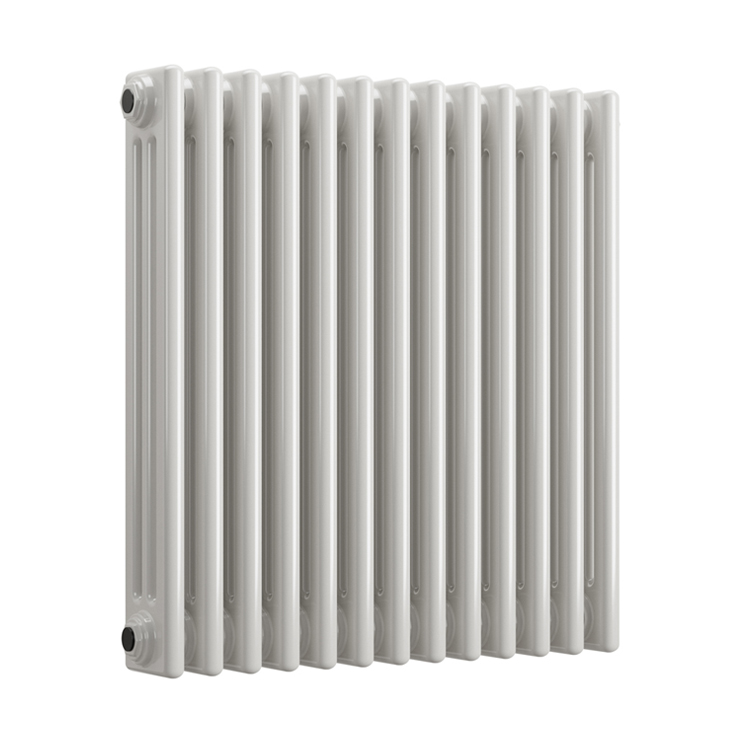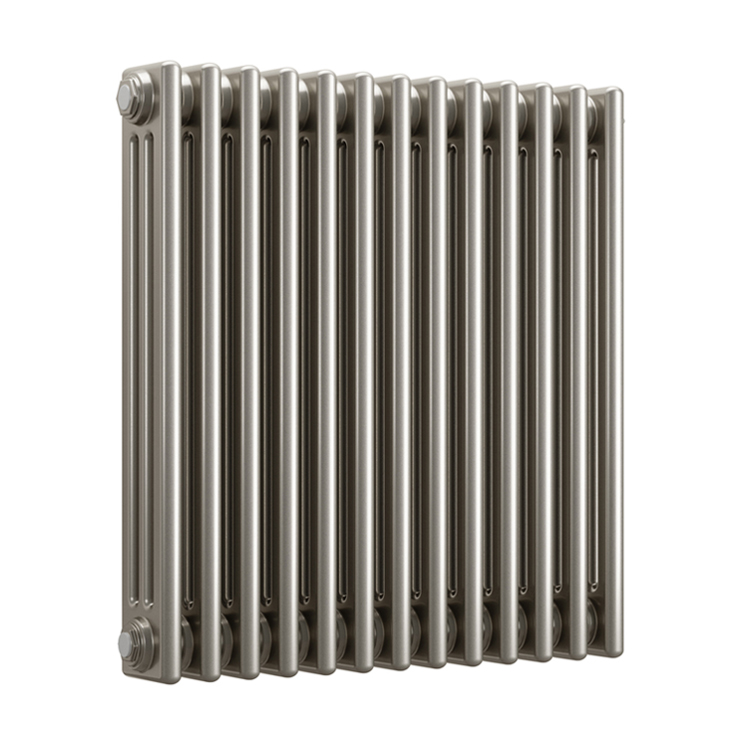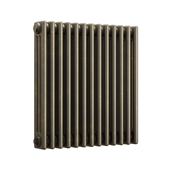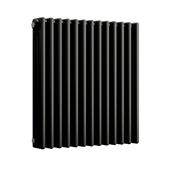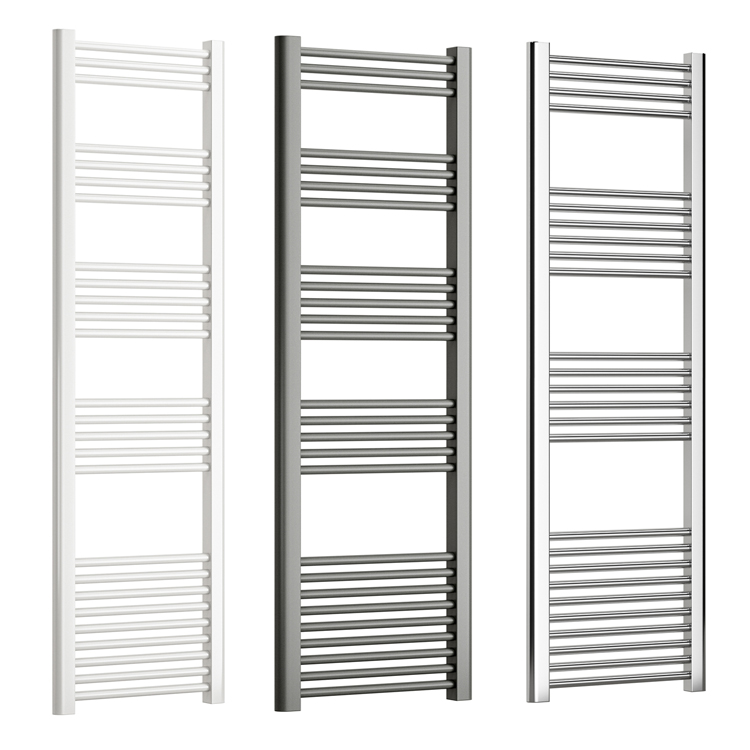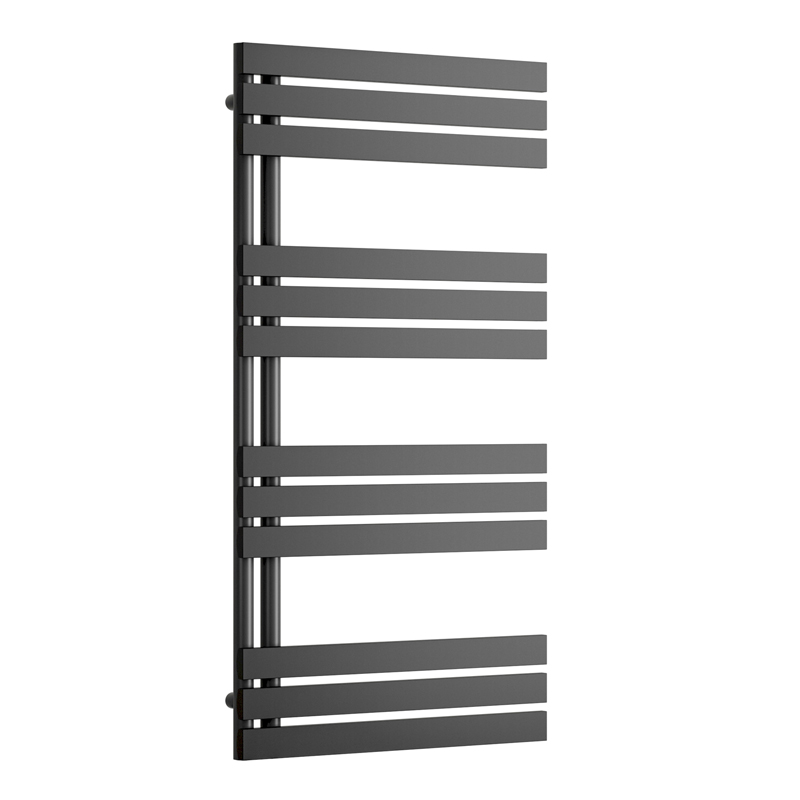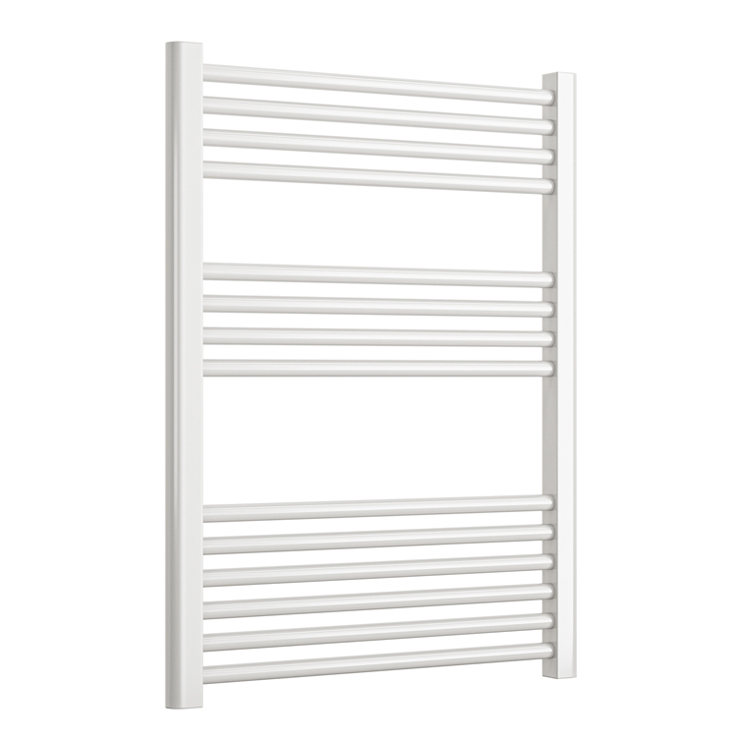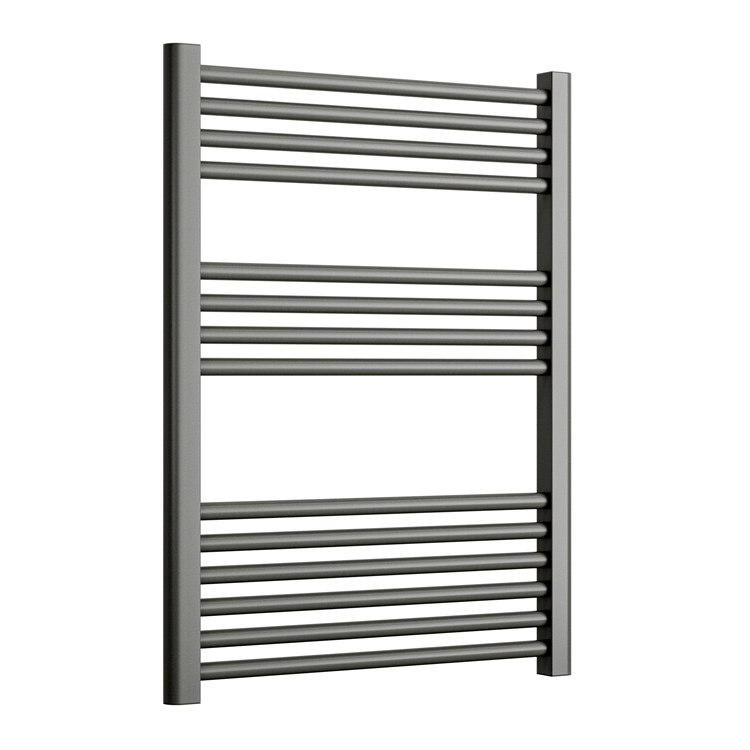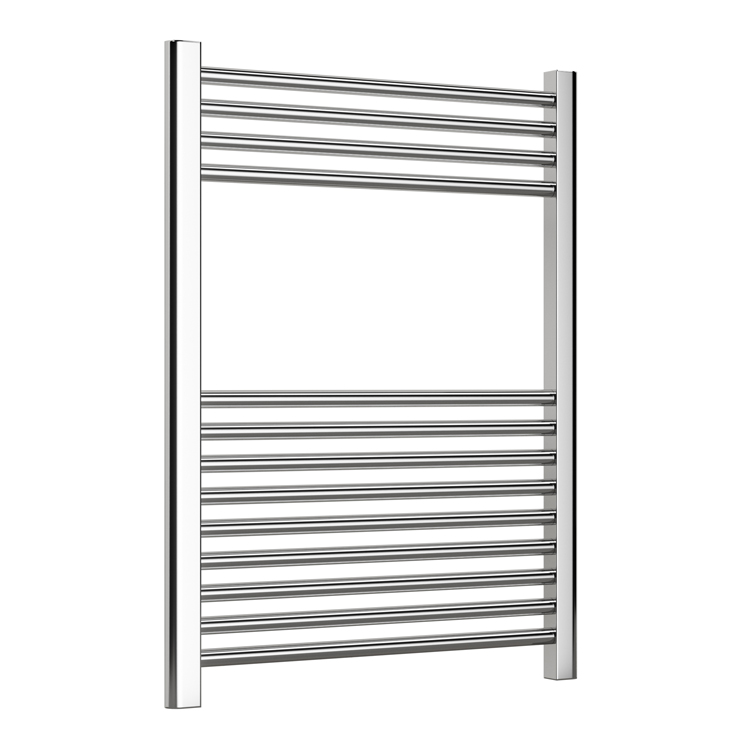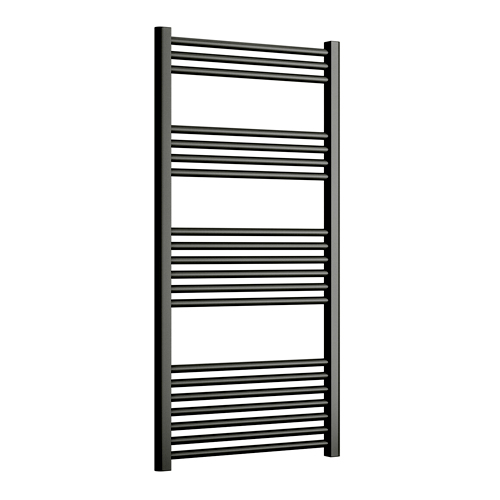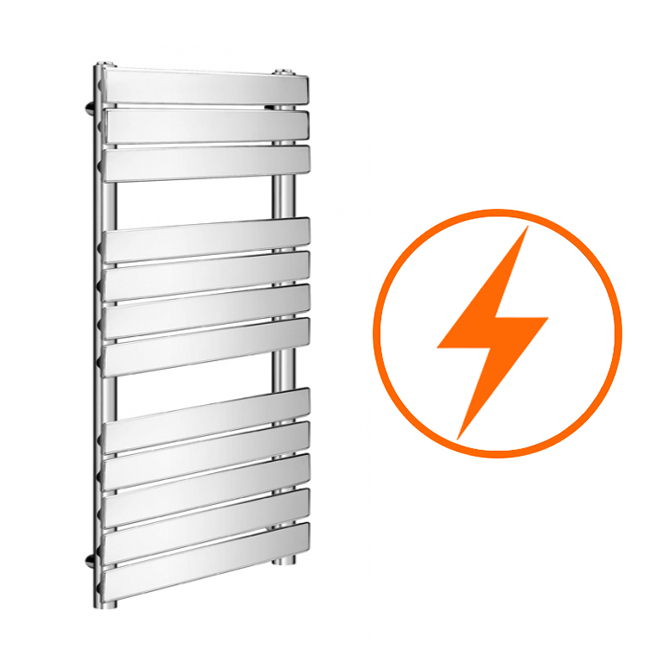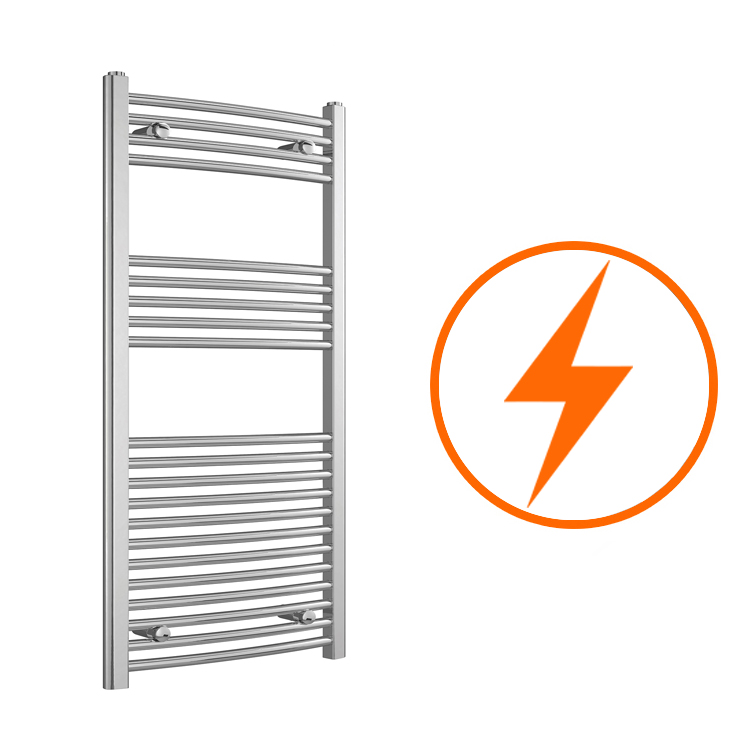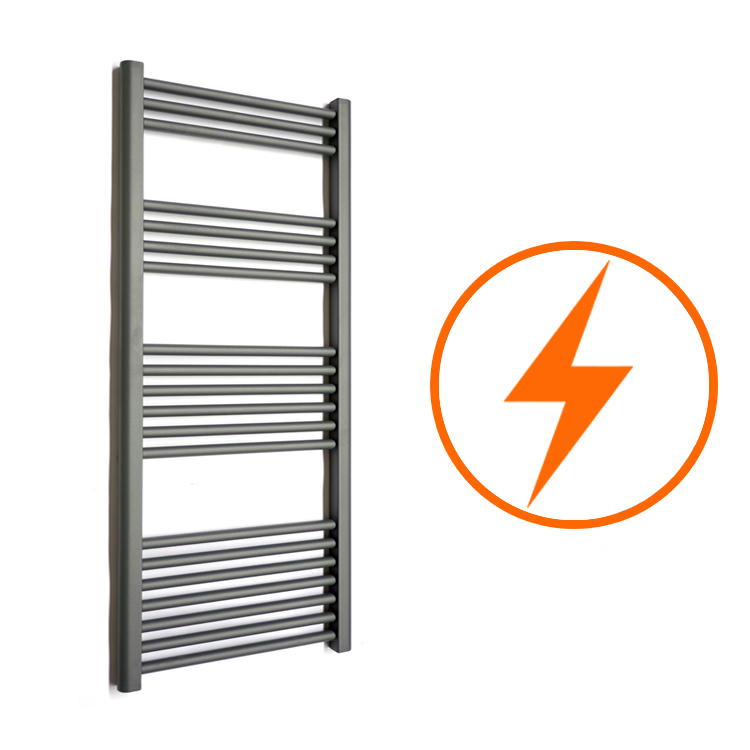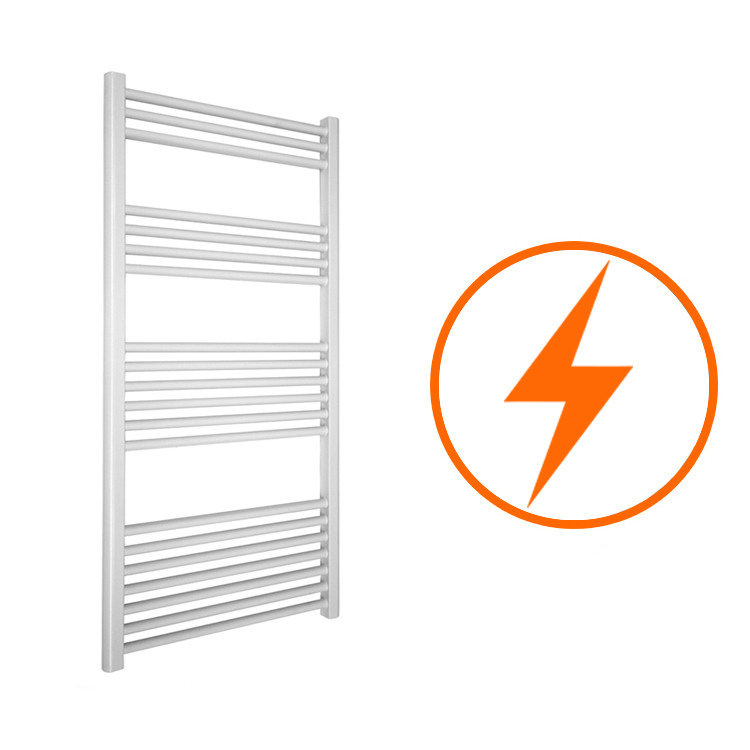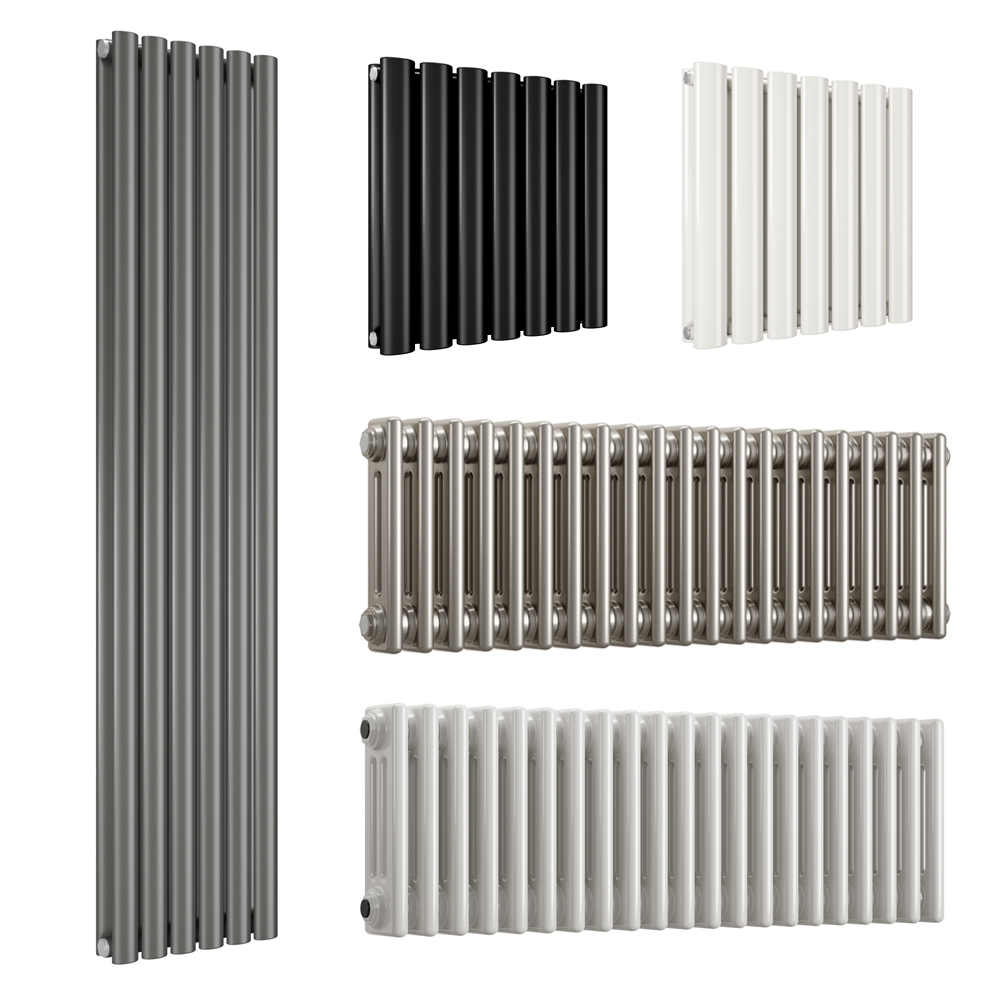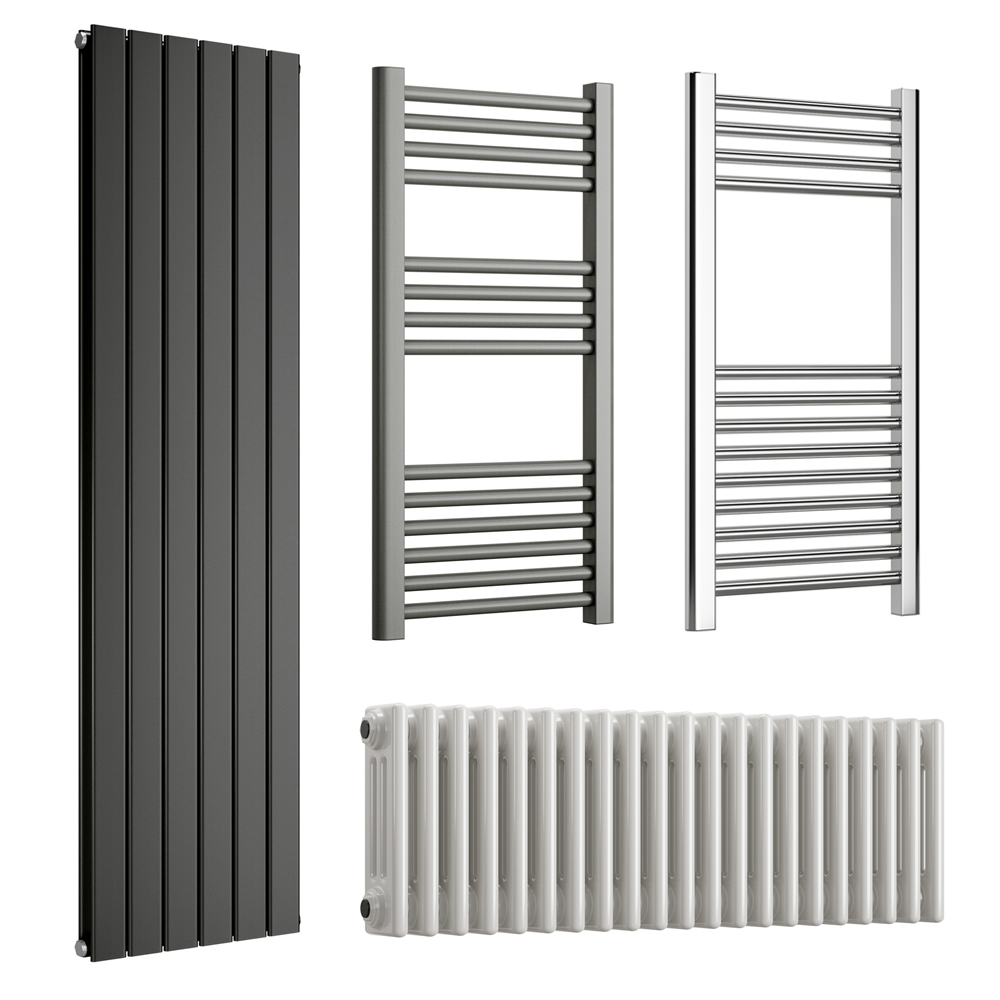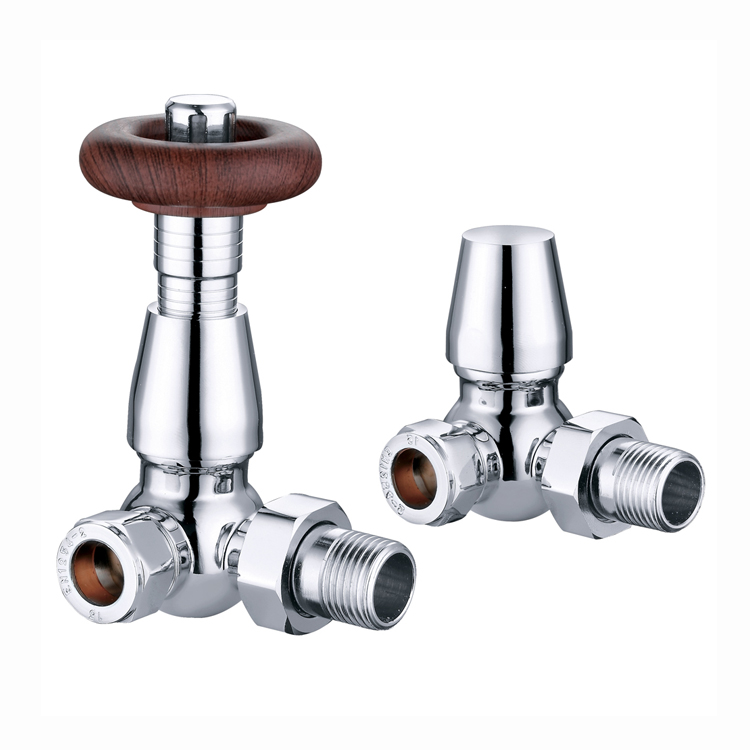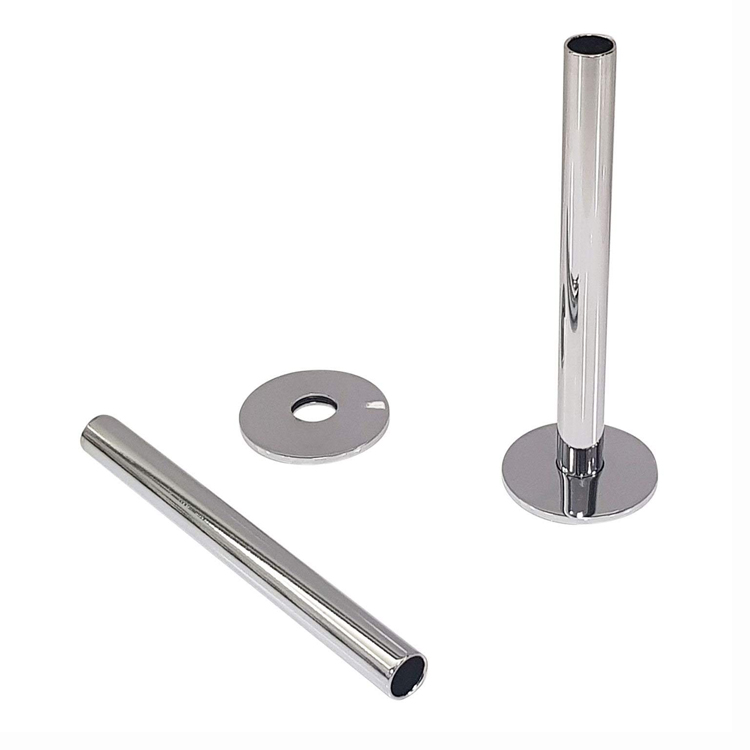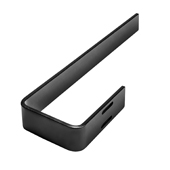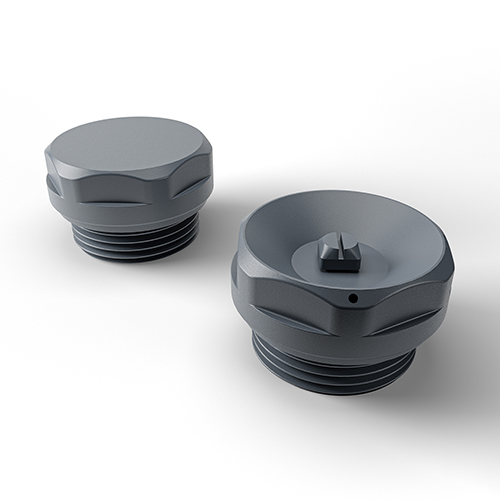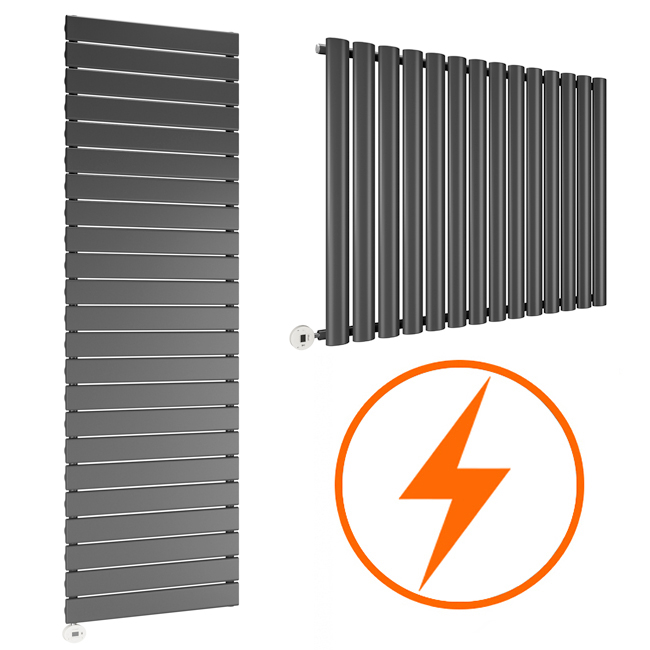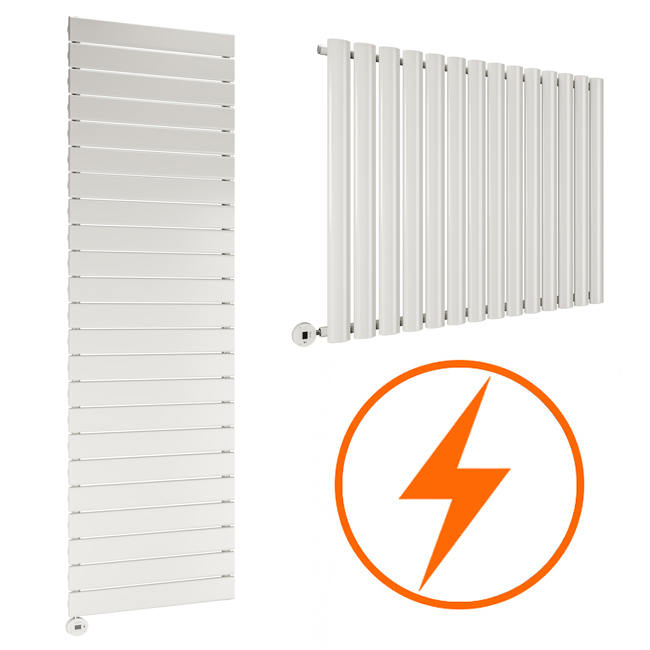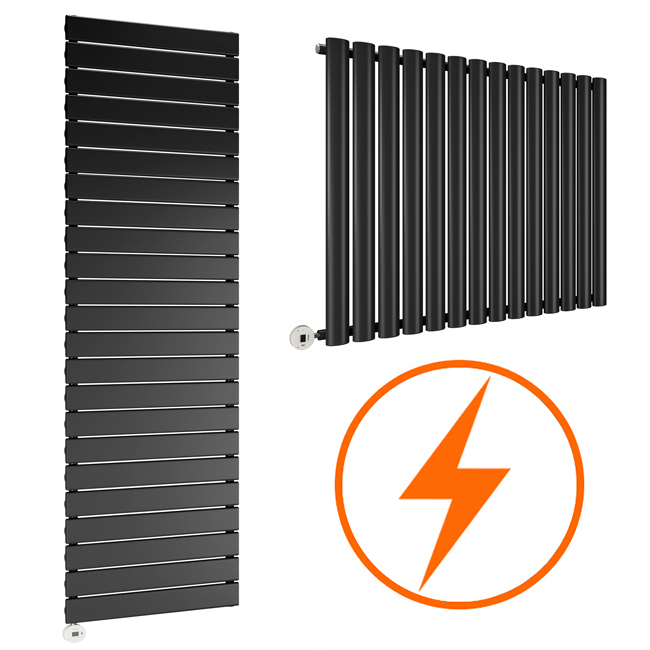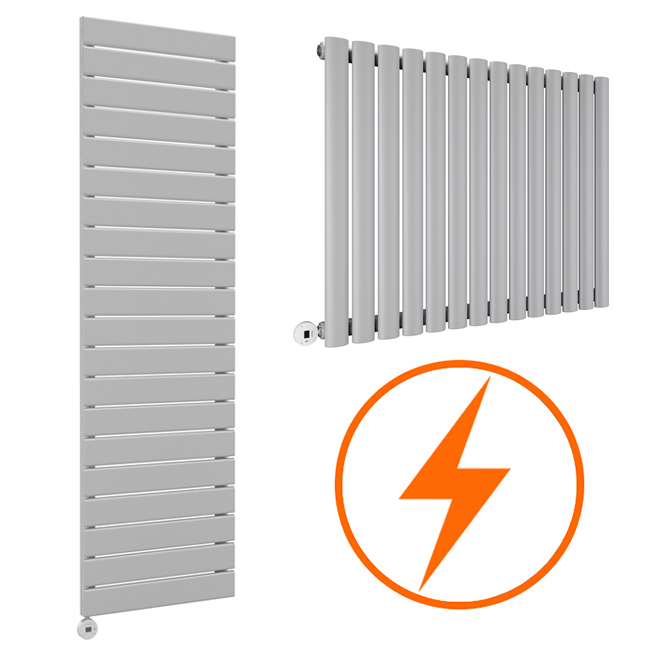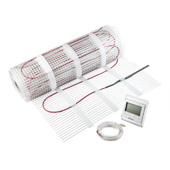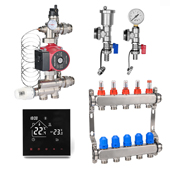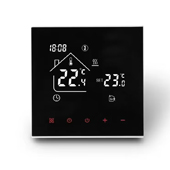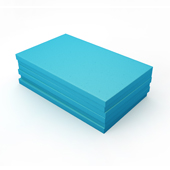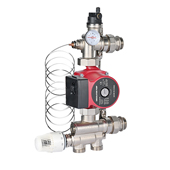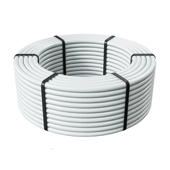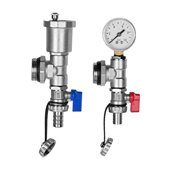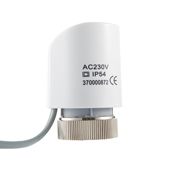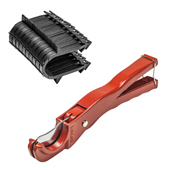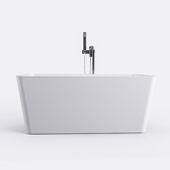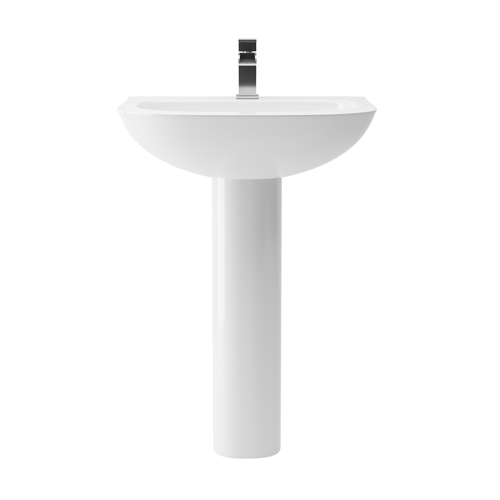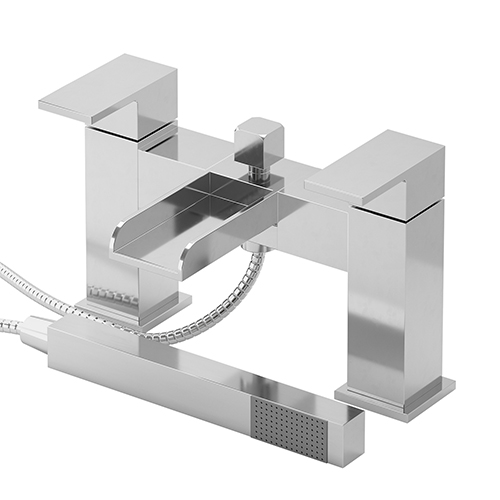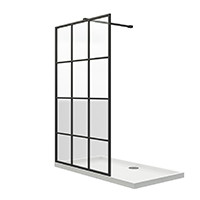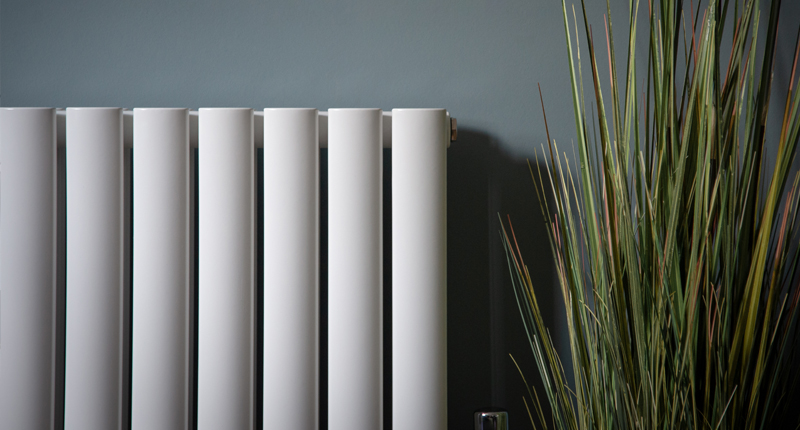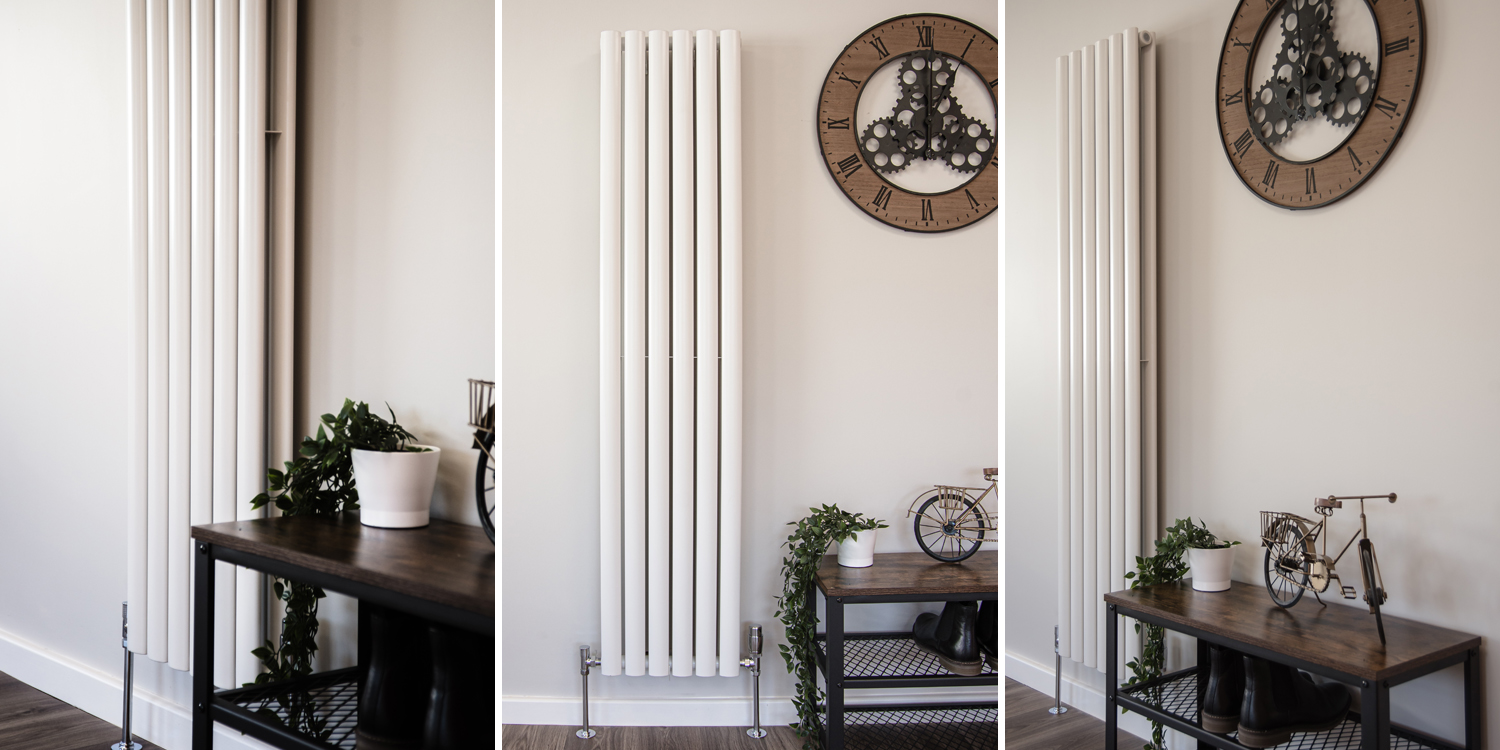
It’s frustrating when you turn on your heating, only to find that your radiators aren’t heating up properly. A radiator that’s only partially warm can leave you feeling cold and wondering what’s gone wrong. The good news is that this is a common issue, and in most cases, it’s fixable!
Air trapped in the radiator
One of the most common reasons for a radiator not heating up fully is trapped air. When air gets into your central heating system, it can create pockets that prevent hot water from circulating properly. This often results in a radiator that’s warm at the top but cold at the bottom.
The solution? Bleeding your radiator. Use a radiator key to open the bleed valve (usually located at the top of the radiator) and let the air escape until water starts to flow out. This should restore proper circulation and ensure your radiator heats up evenly.
Sludge build-up in the system
Over time, sludge and debris can accumulate in your radiators and pipes. This build-up can restrict the flow of hot water, causing your radiators to heat up unevenly or not at all. If your radiator is cold at the bottom, sludge is often the culprit.
The solution? A power flush is the most effective way to remove sludge from your system. This involves using a high-pressure flow of water to clean out the radiators and pipes. If you’re not comfortable doing this yourself, call a professional heating engineer.
Faulty or incorrectly set thermostatic radiator valves (TRVs)
TRVs are designed to regulate the flow of hot water into your radiator based on the room temperature. If the valve is faulty or set too low, it can prevent the radiator from heating up fully.
The solution? Check the setting on your TRV – it should be set to a temperature that allows the radiator to heat up properly. If the valve is faulty, you may need to replace it.
Closed or stuck lockshield valves
Lockshield valves are used to balance the flow of water in your central heating system. If these valves are closed or stuck, they can restrict the flow of hot water to your radiator, preventing it from heating up fully.
The solution? Check the lockshield valve (usually located on the opposite side of the radiator to the TRV) to ensure it’s open. If it’s stuck, you may need to gently loosen it with a spanner. Be careful not to force it, as this could cause damage.
Incorrectly balanced system
If your central heating system isn’t properly balanced, some radiators may receive more hot water than others. This can result in some radiators heating up fully while others remain cold or only partially warm.
The solution? Balancing your system involves adjusting the lockshield valves on each radiator to ensure an even distribution of hot water. This can be a bit tricky, so if you’re not confident doing it yourself, it’s best to call a professional.
Low water pressure
Low water pressure in your central heating system can prevent your radiators from heating up fully. This is because there isn’t enough pressure to push the hot water through the system effectively.
The solution? Check the pressure gauge on your boiler. The ideal pressure is usually between 1 and 2 bars. If it’s too low, you may need to repressurise the system. Refer to your boiler’s manual for instructions on how to do this.
Faulty boiler or pump
If your boiler or pump isn’t working properly, it can affect the performance of your entire central heating system. A faulty pump, for example, may not be able to circulate hot water effectively, leaving your radiators cold or only partially warm.
The solution? If you suspect a problem with your boiler or pump, it’s best to call a qualified heating engineer. They’ll be able to diagnose the issue and carry out any necessary repairs.
Blocked or leaking pipes
Blocked or leaking pipes can restrict the flow of hot water to your radiators, preventing them from heating up fully. Blockages can be caused by sludge or debris, while leaks can lead to a loss of pressure in the system.
The solution? Inspect the pipes around your radiators for signs of blockages or leaks. If you find a blockage, you may need to flush the system. If there’s a leak, it’s important to get it repaired as soon as possible to prevent further damage.
Incorrect radiator size
If your radiator is too small for the room, it may struggle to heat the space effectively. This can make it seem like the radiator isn’t heating up fully, even if it’s working as it should.
The solution? Consider upgrading to a larger radiator or adding additional heating sources to the room. When choosing a radiator, make sure to calculate the heat output required for the size of the room.
Faulty radiator valves
Radiator valves play a crucial role in regulating the flow of hot water into your radiators. If the valves are faulty or stuck, they can prevent the radiator from heating up fully.
The solution? Check the valves on your radiator to ensure they’re open and functioning correctly. If they’re faulty, you may need to replace them.
Air in the boiler
Air can also get trapped in your boiler, which can affect the performance of your entire central heating system. This can lead to radiators that don’t heat up fully or take a long time to warm up.
The solution? If you suspect there’s air in your boiler, it’s best to call a qualified heating engineer. They’ll be able to bleed the boiler and remove any trapped air.
Incorrectly installed radiators
If your radiators were not installed correctly, it can affect their performance. For example, if the pipes aren’t connected properly, it can restrict the flow of hot water to the radiator.
The solution? If you suspect an installation issue, call a professional heating engineer. They’ll be able to assess the installation and make any necessary adjustments.
Old or inefficient radiators
If your radiators are old or inefficient, they may not be able to heat up fully or provide enough warmth for your home. This is especially true if you’ve upgraded your boiler but haven’t replaced your radiators.
The solution? Consider upgrading to newer, more efficient radiators. Whether you prefer designer radiators or traditional radiators, there are plenty of options available to suit your home and heating needs.
Frozen condensate pipe
In colder weather, the condensate pipe on your boiler can freeze, preventing the boiler from working properly. This can lead to radiators that don’t heat up fully or at all.
The solution? If you suspect your condensate pipe is frozen, you can try thawing it out using warm water. If this doesn’t work, call a professional.
Faulty thermostat
If your thermostat isn’t working properly, it can prevent your radiators from heating up fully. For example, if the thermostat is set too low, it may not allow the radiators to reach their full temperature.
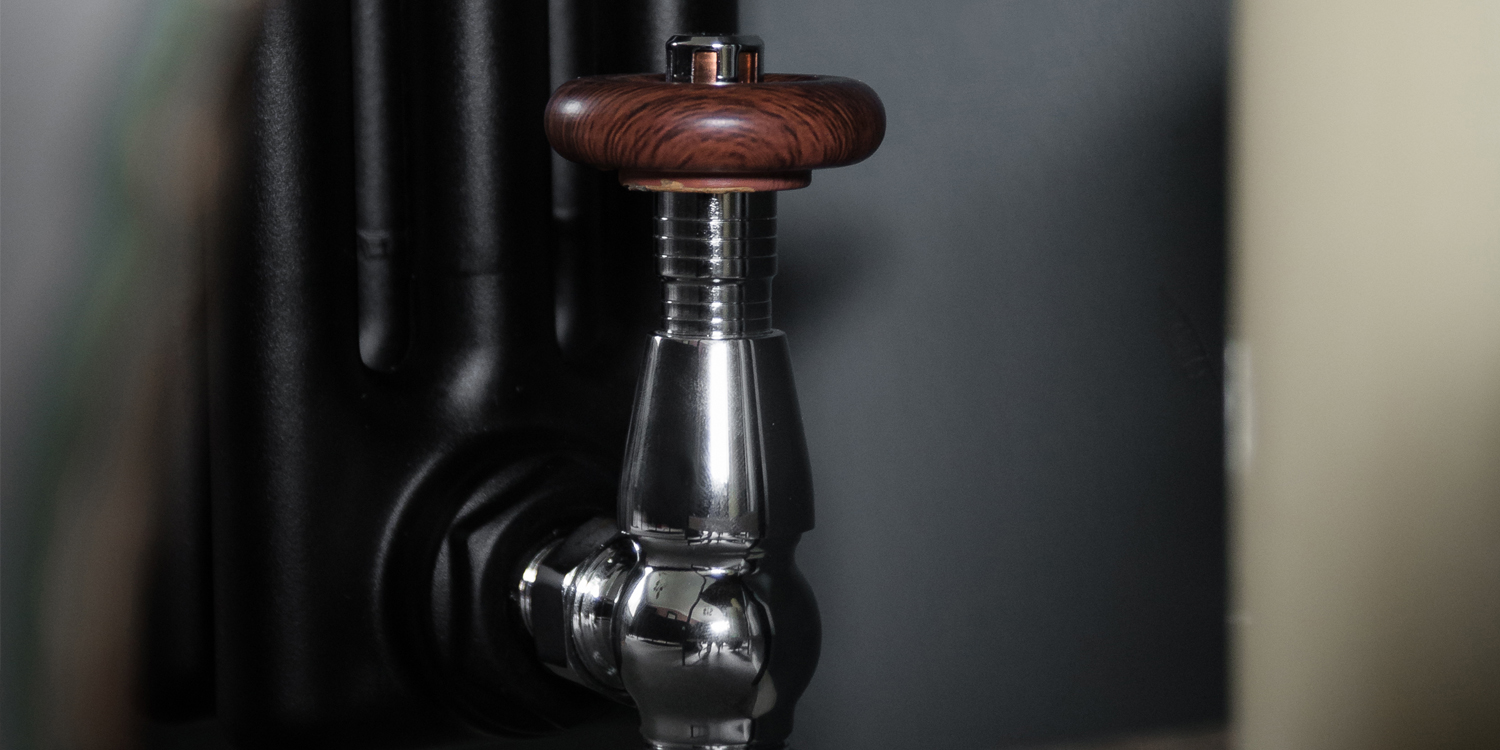
The solution? Check the setting on your thermostat and make sure it’s set to a temperature that allows your radiators to heat up properly. If the thermostat is faulty, you may need to replace it.
If your radiators aren’t heating up fully, there’s no need to panic. In most cases, the issue can be resolved with a bit of troubleshooting. Whether it’s trapped air, sludge build-up or a faulty valve, the solutions are often straightforward. And if you’re dealing with a radiator that’s cold at the bottom, our guide offers plenty of tips for you.
Regular maintenance is key to keeping your central heating system running smoothly. Bleeding your radiators, checking the water pressure and ensuring your radiator valves are in good working order can go a long way in preventing issues. By addressing the root cause of the problem and ensuring your system is well-maintained, you can enjoy a warm and comfortable home all year round.
 Need Radiators FAST?
Need Radiators FAST? 





